Eyelid Surgery Cost in Tijuana: Your Comprehensive Guide
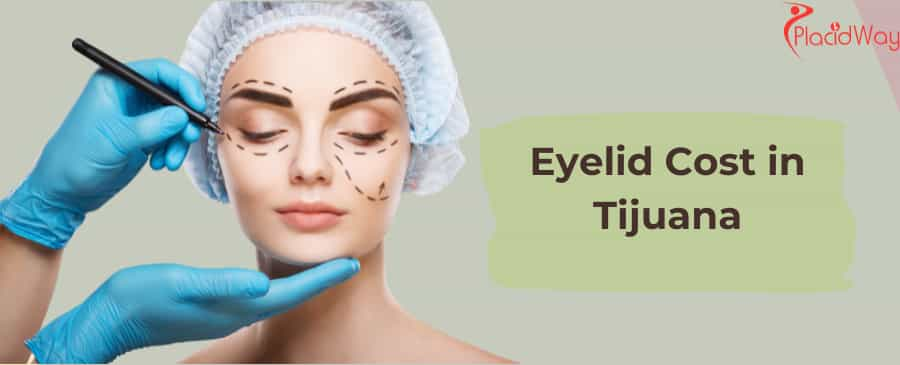
Tijuana, Mexico, has emerged as a prominent destination for medical tourism, attracting patients from around the globe seeking high-quality cosmetic procedures at a more affordable price. Eyelid surgery is one of the most sought-after treatments in this border city due to its competitive pricing and the presence of experienced, board-certified plastic surgeons and modern facilities. Many patients find that the cost savings in Tijuana allow them to receive the same or even better quality of care than they might find in their home countries, particularly the United States. This guide will explore the costs associated with eyelid surgery in Tijuana, what influences these prices, and what you can expect from the procedure and recovery.
How much does eyelid surgery (Blepharoplasty) cost in Tijuana?
The lower prices in Tijuana are often attributed to lower operational costs for clinics, including facility fees, staff salaries, and medical supplies, rather than a compromise in quality. Many clinics in Tijuana are equipped with state-of-the-art technology and adhere to international safety and hygiene standards.
What is the average cost of upper eyelid surgery in Tijuana?
The price usually includes the surgeon's fee, anesthesia, and the use of the surgical facility. Many clinics also offer packages that may include pre-operative consultations, post-operative care, and sometimes even accommodation or transportation, adding to the overall value.
What is the average cost of lower eyelid surgery in Tijuana?
Similar to upper eyelid surgery, the price in Tijuana typically covers the surgeon's fee, anesthesia, and facility costs. Some all-inclusive packages might offer even greater convenience by bundling additional services. It's essential to discuss all potential costs with your chosen clinic beforehand.
What is the cost of combined upper and lower eyelid surgery in Tijuana?
The price for combined procedures in Tijuana can vary based on the complexity of the case and the surgeon's fees. However, it consistently provides significant savings compared to the US, where combined blepharoplasty can easily exceed $8,000 to $20,000.
How do Tijuana eyelid surgery costs compare to the US?
Here's a general comparison:
What factors influence the cost of eyelid surgery in Tijuana?
-
Surgeon's Experience and Reputation: Highly experienced and renowned plastic surgeons often charge higher fees, reflecting their expertise and track record of successful outcomes. It's always advisable to choose a board-certified surgeon with extensive experience in blepharoplasty.
-
Extent and Complexity of the Procedure:
-
Upper eyelid surgery is generally less complex and thus less expensive than lower eyelid surgery.
-
Lower eyelid surgery can be more intricate, especially if it involves fat repositioning or muscle tightening.
-
Combined upper and lower eyelid surgery will be more expensive than either procedure individually but may offer a bundled discount.
-
Revisional blepharoplasty (correcting a previous surgery) can also be more complex and costly.
-
-
Type of Anesthesia: Local anesthesia with sedation is often less expensive than general anesthesia. The choice depends on the patient's preference and the surgeon's recommendation.
-
Facility Fees: The cost of using the surgical facility, including operating room time, equipment, and nursing staff, contributes to the overall price. Reputable clinics with modern amenities may have higher facility fees.
-
Pre- and Post-Operative Care: Some clinics include consultations, follow-up appointments, and post-operative medications in their quoted price, while others may charge for these separately. Always clarify what is included.
-
Additional Procedures: If eyelid surgery is combined with other facial procedures like a facelift, brow lift, or Botox, the total cost will naturally increase, but a package deal might offer savings.
-
All-Inclusive Packages: Many clinics in Tijuana offer all-inclusive packages that cover the surgery, anesthesia, facility fees, pre- and post-operative care, and sometimes even accommodation, airport transfers, and interpreter services. These packages can simplify planning and often provide better value.
Understanding these factors will help you get a clearer picture of what to expect when inquiring about eyelid surgery costs in Tijuana.
Are all-inclusive packages for eyelid surgery available in Tijuana?
-
Surgeon's fee: The cost for the plastic surgeon's expertise and time.
-
Anesthesia fee: Covering the cost of the anesthesiologist and anesthetic medications.
-
Facility fee: The cost for using the operating room and recovery areas.
-
Pre-operative consultations: Initial assessments, medical evaluations, and necessary tests.
-
Post-operative care: Follow-up appointments, dressing changes, and medication prescriptions.
-
Accommodation: Stays in a recovery house or a nearby hotel for a specified number of nights.
-
Local transportation: Airport transfers and transport between the hotel and clinic.
-
Bilingual assistant/interpreter: To help with communication during your stay.
These packages can be particularly beneficial for medical tourists as they simplify budgeting and logistics, reducing potential hidden costs and making the journey to Tijuana for eyelid surgery more convenient.
Is the quality of eyelid surgery in Tijuana comparable to the US?
Key indicators of quality include:
-
Board-Certified Surgeons: Many Tijuana plastic surgeons are certified by the Mexican Council of Plastic, Aesthetic and Reconstructive Surgery (CMCPER), which is the equivalent of the American Board of Plastic Surgery. Some surgeons even have training or affiliations with US medical institutions.
-
Accredited Facilities: Reputable clinics operate in modern, well-equipped surgical centers that meet international safety and hygiene standards. Some may even have international accreditations.
-
Advanced Technology: Clinics often invest in the latest surgical equipment and techniques, ensuring patients receive cutting-edge treatments.
-
Patient Reviews and Testimonials: Checking patient reviews and before-and-after photos can provide insights into the quality of care and results.
While it's crucial to research and choose a reputable clinic, it's entirely possible to receive excellent eyelid surgery in Tijuana that rivals the quality available in the US, but at a fraction of the cost.
What is the typical recovery time for eyelid surgery?
-
First Few Days (Day 1-3): You will likely experience some swelling, bruising, and mild discomfort around the eyes. Cold compresses are often recommended to reduce these symptoms. Your vision may be temporarily blurry.
-
First Week (Days 4-7): Stitches (if any) are typically removed within the first week. Most of the prominent bruising and swelling should start to diminish significantly. You should avoid strenuous activities.
-
Second Week (Days 8-14): By the end of the second week, most visible bruising should have faded, and swelling will have largely subsided, allowing you to return to light social activities or work.
-
Weeks 3-6: Minor swelling might persist, but it will be less noticeable. You can typically resume most of your normal activities, including light exercise.
-
Several Months: The final results of eyelid surgery will become fully apparent as any residual swelling completely dissipates and the tissues settle, which can take several months. Sun protection is crucial during this period.
Your surgeon will provide specific post-operative instructions tailored to your individual case, emphasizing the importance of following them for optimal healing and results.
Are there any hidden costs associated with eyelid surgery in Tijuana?
-
Consultation Fees: Some clinics charge a separate fee for the initial consultation, which may or may not be deductible from the total surgery cost.
-
Pre-operative Tests: While some packages include basic blood tests, more extensive medical evaluations or specialist clearances might incur additional charges.
-
Medications: Prescribed post-operative medications (pain relievers, antibiotics, eye drops) may not be included in the quoted price.
-
Unexpected Complications: While rare, complications could require additional treatments, medications, or even revision surgery, leading to extra costs.
-
Extended Stay: If your recovery takes longer than expected or you wish to extend your stay in Tijuana, additional accommodation and living expenses will apply.
-
Transportation and Travel: Unless part of an all-inclusive package, flights, local transportation beyond clinic transfers, and meals are your responsibility.
-
Translation Services: While many clinics have bilingual staff, if you require a dedicated, continuous interpreter, there might be an extra fee.
-
Post-operative Garments/Supplies: Specific eye masks, special compresses, or other recovery aids might not be included.
Always ask for a detailed breakdown of all anticipated costs and clarify what is and isn't covered in your chosen package to avoid surprises.
What should I look for in a Tijuana clinic for eyelid surgery?
Board-Certified Surgeon: Verify that the plastic surgeon is certified by the Mexican Council of Plastic, Aesthetic and Reconstructive Surgery (CMCPER) or an equivalent internationally recognized board. This ensures they have undergone rigorous training and adhere to high professional standards.
-
Accredited Facility: The clinic or hospital should be licensed and accredited, demonstrating adherence to strict safety protocols, hygiene standards, and quality patient care. Look for facilities with modern equipment.
-
Experience in Blepharoplasty: Choose a surgeon with extensive experience specifically in eyelid surgery. Ask to see before-and-after photos of their previous patients to assess their aesthetic results.
-
Transparent Pricing: The clinic should provide a clear, detailed breakdown of all costs involved, with no hidden fees. If they offer all-inclusive packages, understand exactly what is covered.
-
Comprehensive Consultations: A good clinic will offer a thorough initial consultation, discussing your goals, assessing your suitability for the procedure, explaining the surgical process, and outlining potential risks and recovery.
-
Robust Pre- and Post-Operative Care: Ensure the clinic has a plan for your pre-operative preparation and dedicated post-operative support, including follow-up appointments and clear instructions for recovery.
-
Bilingual Staff: For international patients, having staff who can communicate fluently in English (or your preferred language) is essential for a smooth experience.
-
Patient Testimonials and Reviews: Research online reviews and testimonials from previous patients. This can provide valuable insights into their experiences with the clinic and surgeon.
-
Emergency Protocols: Inquire about their protocols for handling any potential complications or emergencies.
By diligently researching these aspects, you can increase your confidence in your choice of Tijuana clinic for eyelid surgery.
How long does eyelid surgery take in Tijuana?
-
Upper Blepharoplasty: This procedure usually takes about 45 minutes to 1 hour.
-
Lower Blepharoplasty: This can take slightly longer, around 1 to 1.5 hours, especially if fat repositioning or muscle tightening is involved.
-
Combined Upper and Lower Blepharoplasty: When both upper and lower eyelids are addressed in the same session, the total surgical time typically ranges from 2 to 3 hours.
These times refer to the actual time the surgeon spends performing the procedure. You'll also need to factor in time for pre-operative preparation (checking in, anesthesia administration) and post-operative recovery in the clinic before you are discharged. Overall, you can expect to spend a few hours at the surgical facility on the day of your eyelid surgery.
What are the common risks associated with eyelid surgery?
Common and usually temporary risks:
-
Bruising and Swelling: Expected and typically resolves within 1-2 weeks.
-
Temporary Blurred or Double Vision: Can occur due to swelling and usually resolves quickly.
-
Dry Eyes: A temporary sensation of dryness, irritation, or watery eyes.
-
Difficulty Closing Eyes: Temporary and typically resolves as swelling subsides.
-
Sensitivity to Light: May occur for a short period after surgery.
-
Numbness or Tingling: Temporary in the treated areas.
Less common or rare, but more serious risks:
-
Infection: Though rare, it's a possibility with any surgery.
-
Excessive Bleeding: Hematoma formation requiring drainage.
-
Asymmetry: Slight differences between the two eyes, which may or may not be correctable.
-
Ectropion: A rare condition where the lower eyelid turns outward, potentially requiring further surgery.
-
Lagophthalmos: Inability to completely close the eyes, also rare and potentially requiring further treatment.
-
Vision Changes: Extremely rare, but vision loss can occur.
-
Scarring: While incisions are typically well-hidden, keloid or hypertrophic scars are rare but possible.
-
Reaction to Anesthesia: Standard risks associated with any anesthesia.
Your surgeon will review your medical history and discuss these risks in detail, ensuring you are fully informed before proceeding with eyelid surgery.
Is a consultation required before eyelid surgery in Tijuana?
-
Evaluate your eyes and facial structure: They will assess the amount of excess skin, fat, and muscle around your eyelids and determine the best approach for your desired results.
-
Discuss your medical history: This includes any pre-existing medical conditions, current medications, allergies, and previous surgeries. This information helps the surgeon determine if you are a suitable candidate for the procedure and to mitigate any risks.
-
Understand your aesthetic goals: You'll have the opportunity to express what you hope to achieve from the surgery, allowing the surgeon to set realistic expectations and tailor the treatment plan.
-
Explain the procedure: The surgeon will walk you through the surgical steps, the type of anesthesia to be used, and what to expect during recovery.
-
Discuss potential risks and complications: They will ensure you are fully informed about any possible side effects or rare complications.
-
Provide a detailed cost estimate: You will receive a breakdown of the fees involved, including surgeon's fees, anesthesia, facility costs, and any pre/post-operative care included.
Many clinics in Tijuana offer virtual consultations for international patients, allowing you to have this important discussion from your home country before traveling. This helps in planning your trip and ensures you are comfortable with the chosen surgeon and clinic.
What is the ideal age for eyelid surgery?
-
Younger Patients (30s-40s): Some younger individuals may seek eyelid surgery if they have genetic predispositions to early sagging eyelids or prominent under-eye bags. In these cases, the goal is often to refresh the appearance.
-
Middle-Aged and Older Patients (40s+): This is the most common age group for eyelid surgery, as signs of aging like excess skin, fine lines, and puffiness become more pronounced. For some, sagging upper eyelids can even begin to obstruct vision, making the surgery functionally beneficial.
Ultimately, the ideal age for eyelid surgery is when an individual feels their eyelids are significantly impacting their appearance or vision, and they are in good overall health to undergo the procedure. A consultation with a qualified plastic surgeon can help determine if you are a suitable candidate, regardless of your age.
Can eyelid surgery correct dark circles under eyes?
However, it's important to understand what eyelid surgery cannot correct:
-
Pigmentation: If your dark circles are due to actual hyperpigmentation of the skin (excess melanin), blepharoplasty will not address this. Other treatments like topical creams, chemical peels, or laser therapy might be more appropriate.
-
Thin Skin/Visible Blood Vessels: If the dark circles are caused by thin skin allowing underlying blood vessels to show through, blepharoplasty may offer limited improvement. In some cases, fat grafting can help thicken the skin.
During your consultation, your surgeon will assess the cause of your dark circles and advise if eyelid surgery is the right solution for your specific concerns.
How long do eyelid surgery results last?
-
Fat Removal: The removal or repositioning of fat pads in both upper and lower eyelids is generally permanent. Once this fat is gone, it typically does not return in the same way.
-
Skin and Muscle Tightening: While the surgery removes excess skin and tightens underlying muscles, the natural aging process will continue. This means that over time, new skin laxity may develop. However, the clock is essentially reset, and patients will always look better than if they had not undergone the procedure.
Most patients can enjoy the rejuvenated appearance for 10 to 15 years, or even longer. Lifestyle factors like sun exposure, smoking, and genetics can influence how long the results last. Maintaining a healthy lifestyle and proper skincare can help prolong the benefits of your eyelid surgery.
Is eyelid surgery painful?
-
During Surgery: Depending on the extent of the surgery and patient preference, local anesthesia with sedation or general anesthesia will be administered. This ensures you are comfortable and pain-free throughout the operation.
-
After Surgery: It's normal to experience some mild discomfort, tightness, or soreness around the eyes in the days following eyelid surgery. This is usually described as a feeling of dryness, irritation, or a pulling sensation rather than sharp pain.
-
Pain Management: Your surgeon will prescribe pain medication to manage any discomfort, which is typically only needed for a few days. Cold compresses are also highly effective in reducing swelling and soothing the area.
Most patients report that the recovery from eyelid surgery is less painful than they anticipated, with discomfort easily managed with over-the-counter pain relievers or mild prescription medication.
Can eyelid surgery improve vision?
-
Upper Eyelid Ptosis (Droopy Eyelids): When excess skin on the upper eyelids sags significantly, it can hang over the lash line and even partially obstruct the pupil. This can impair:
-
Peripheral Vision: Limiting your side vision.
-
Upper Vision: Making it difficult to see objects above eye level.
-
Reading/Driving: Causing strain or difficulty with everyday tasks.
-
In such cases, upper eyelid surgery (blepharoplasty) can remove the excess skin, lifting the eyelids and improving the field of vision. This not only enhances the cosmetic appearance but also significantly improves functional sight and reduces eye strain. For these cases, eyelid surgery may even be covered by insurance if deemed medically necessary, though this is less common when performed in Mexico.
What is the difference between upper and lower blepharoplasty?
-
Upper Blepharoplasty (Upper Eyelid Surgery):
-
Focus: Primarily targets the upper eyelids.
-
Concerns Addressed: Excess, sagging skin that can create a "hooded" appearance or even impair vision; fatty deposits that make the eyelids look puffy; and sometimes weak upper eyelid muscles causing ptosis (true drooping of the eyelid margin itself).
-
Procedure: An incision is typically made in the natural crease of the upper eyelid. Excess skin, and sometimes fat, is removed. The incision is closed with fine sutures, leaving a scar that is usually well-hidden within the natural fold.
-
Goal: To create a more open, refreshed, and youthful appearance for the upper eye area, and to improve vision if impaired.
-
-
Lower Blepharoplasty (Lower Eyelid Surgery):
-
Focus: Primarily targets the area below the eyes.
-
Concerns Addressed: Under-eye bags caused by protruding fat pads; excess skin and fine wrinkles below the lash line; and sometimes dark circles caused by shadowing from fat bulges.
-
Procedure: Incisions can be made either just below the lower lash line (transcutaneous approach) or inside the lower eyelid (transconjunctival approach, often used for fat removal without skin removal). Excess fat is removed or repositioned, and if necessary, excess skin is trimmed.
-
Goal: To create a smoother, firmer, and more youthful contour in the under-eye area, reducing puffiness and wrinkles.
-
While distinct, upper and lower blepharoplasty can often be performed together to achieve a more harmonious and comprehensive rejuvenation of the entire eye area.
Are there non-surgical alternatives to eyelid surgery?
-
Botox: Can be used to relax muscles around the eyes, subtly lifting the eyebrows (a "chemical brow lift") or softening crow's feet, which can indirectly make the upper eyelids appear less heavy. It does not remove excess skin.
-
Dermal Fillers: Can be injected into the tear troughs (the hollow area under the eyes) to smooth the transition from the lower eyelid to the cheek, reducing the appearance of dark circles and hollowness. They do not address fat bags or excess skin.
-
Laser Resurfacing: Treatments like CO2 laser or fractional laser can improve skin texture, reduce fine lines, and tighten skin around the eyes by stimulating collagen production. This can offer some improvement for mild skin laxity but won't remove significant excess skin or fat.
-
Radiofrequency (RF) Treatments: Devices like Thermage or Morpheus8 use RF energy to heat deep layers of the skin, promoting collagen remodeling and tightening. Similar to lasers, they can improve mild to moderate skin laxity but are not a substitute for surgical removal of significant excess skin.
-
Chemical Peels: Can improve the texture and tone of the skin around the eyes, reducing fine lines.
These non-surgical options require multiple sessions and regular maintenance to sustain results. They are best suited for individuals with mild signs of aging around the eyes or those who want to delay surgery. A consultation with a qualified aesthetic professional can help determine if a non-surgical approach is suitable for your specific concerns.
How do I prepare for eyelid surgery in Tijuana?
-
Medical Evaluation: Undergo a thorough medical evaluation, including blood tests and possibly an EKG, to ensure you are healthy enough for surgery. Inform your surgeon about all your medical conditions and medications.
-
Medication Review:
-
Avoid Blood Thinners: Stop taking aspirin, ibuprofen (Advil, Motrin), naproxen (Aleve), herbal supplements (like ginkgo biloba, ginseng, Vitamin E), and any other medications that thin the blood for at least two weeks before surgery, as directed by your surgeon. This minimizes bleeding and bruising.
-
Prescription Medications: Discuss all prescription medications with your surgeon. They will advise if you need to adjust or stop any before surgery.
-
-
Quit Smoking: If you smoke, it is crucial to stop several weeks before surgery, as smoking significantly impairs healing and increases complication risks.
-
Alcohol Consumption: Avoid alcohol for at least a week before surgery.
-
Arrange for Support: Arrange for someone to drive you to and from the clinic on the day of surgery and to assist you during the first 24-48 hours of your recovery.
-
Accommodation and Travel: If you're traveling from out of town, ensure your accommodation in Tijuana is booked and accessible for your recovery period. Plan your travel to allow for sufficient recovery time before flying back.
-
Eye Care: Avoid wearing contact lenses for a period before surgery, as advised by your surgeon.
-
Comfortable Clothing: Wear loose, comfortable clothing on the day of surgery.
-
NPO (Nothing by Mouth): You will be instructed not to eat or drink anything for a certain number of hours before surgery, typically after midnight the night before.
-
Arrange for Time Off: Plan for adequate time off work or your usual activities for initial recovery.
-
Manage Expectations: Have a clear understanding of the potential results and limitations of the surgery through your consultation.
Following these guidelines diligently will contribute to a safe procedure and a more comfortable and effective eyelid surgery recovery.
What is the best type of eyelid surgery for me?
-
Your Specific Concerns:
-
Are you primarily bothered by sagging, hooded upper eyelids that make you look tired or impair your vision? Then upper blepharoplasty might be sufficient.
-
Do you have prominent under-eye bags, puffiness, or wrinkles in the lower eyelids? Lower blepharoplasty would be the focus.
-
Are you looking for a comprehensive rejuvenation of the entire eye area? A combined upper and lower blepharoplasty might be recommended.
-
-
Your Anatomy: Your surgeon will examine your skin elasticity, muscle tone, fat distribution around the eyes, and bone structure. These anatomical features influence the surgical technique that will yield the most natural and effective results.
-
Your Aesthetic Goals: What do you hope to achieve with the surgery? Do you desire a subtle refresh or a more dramatic change? Clearly communicating your expectations is crucial.
-
Overall Facial Harmony: A skilled surgeon will consider how eyelid surgery will complement your other facial features to ensure a balanced and harmonious outcome.
-
Medical History: Certain medical conditions or medications can influence surgical candidacy and the choice of technique.
During your consultation in Tijuana, your surgeon will discuss these factors in detail, show you before-and-after photos of similar cases, and recommend the best type of eyelid surgery tailored to your unique needs and goals.
If you are considering eyelid surgery in Tijuana and are looking for a reliable platform to explore your options, we invite you to explore PlacidWay. PlacidWay connects you with top-rated clinics and experienced surgeons, offering transparent pricing and personalized assistance for your medical tourism journey.


.png)
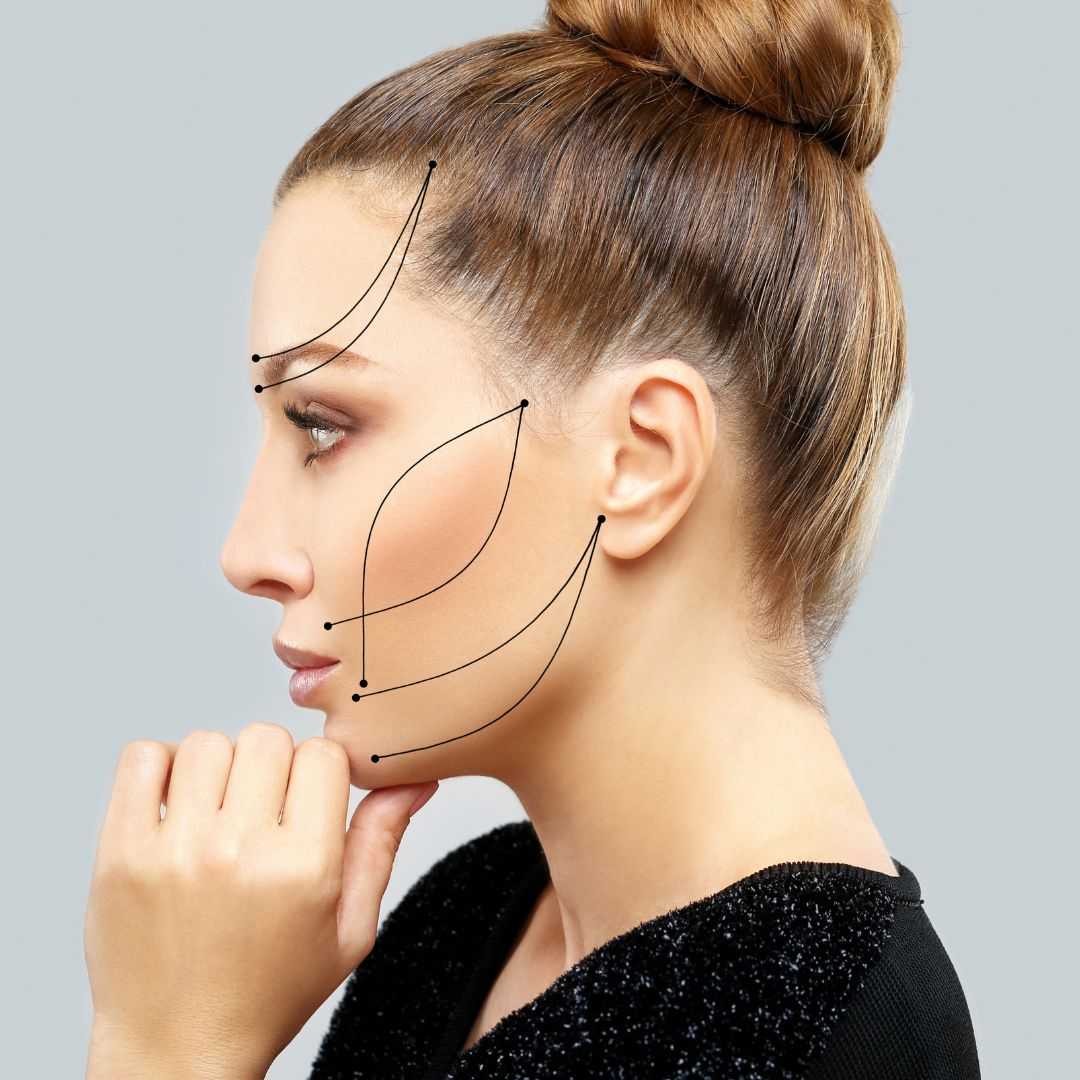


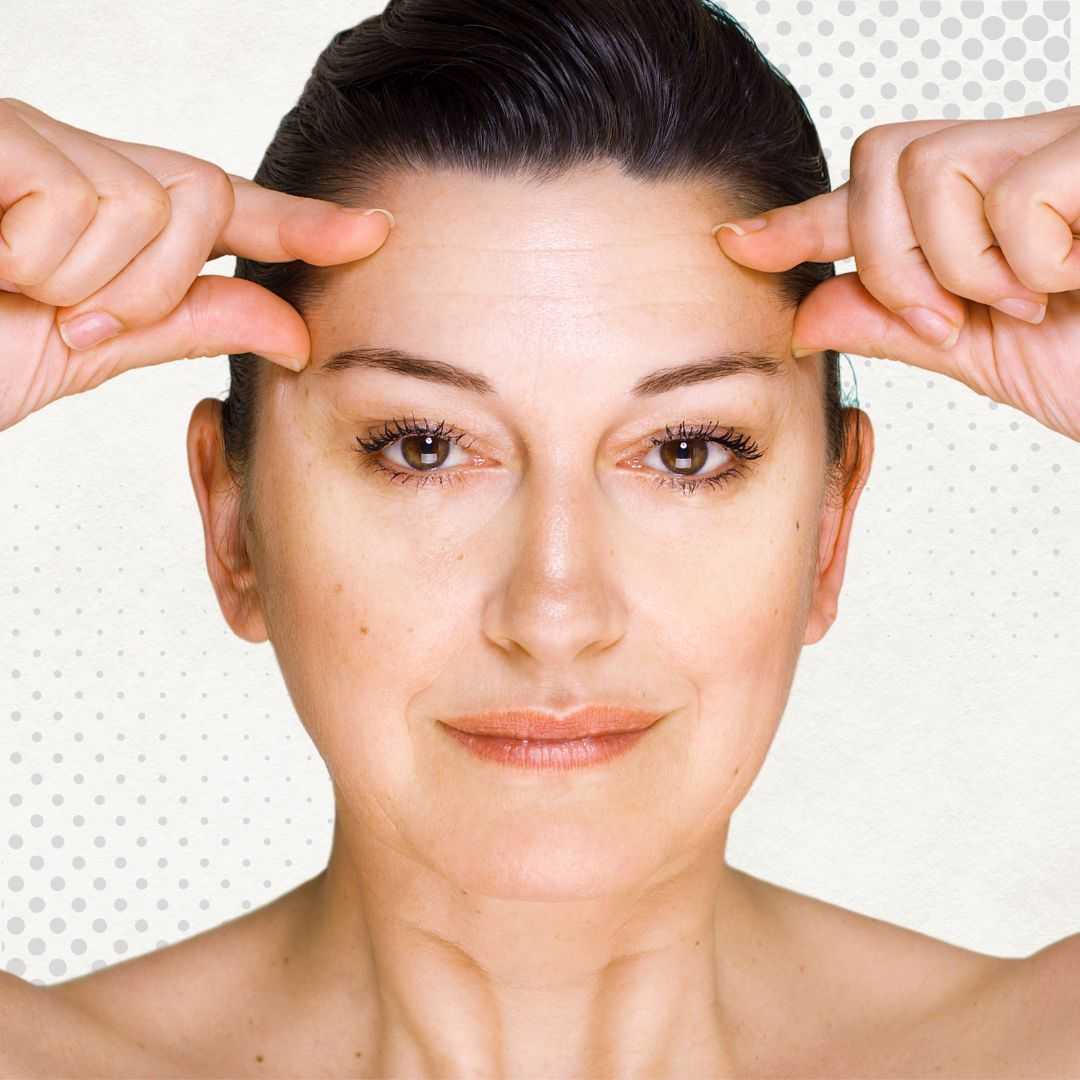
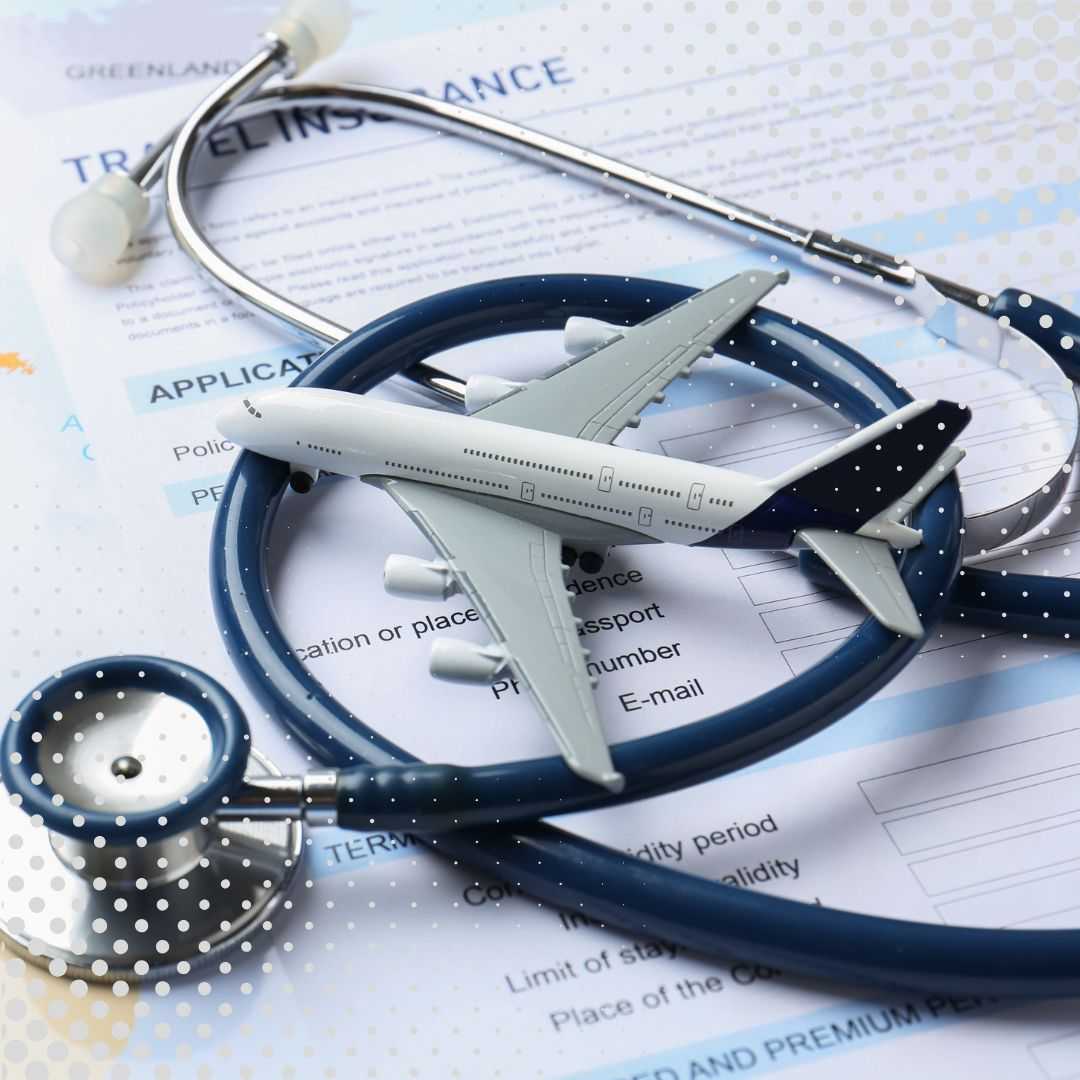


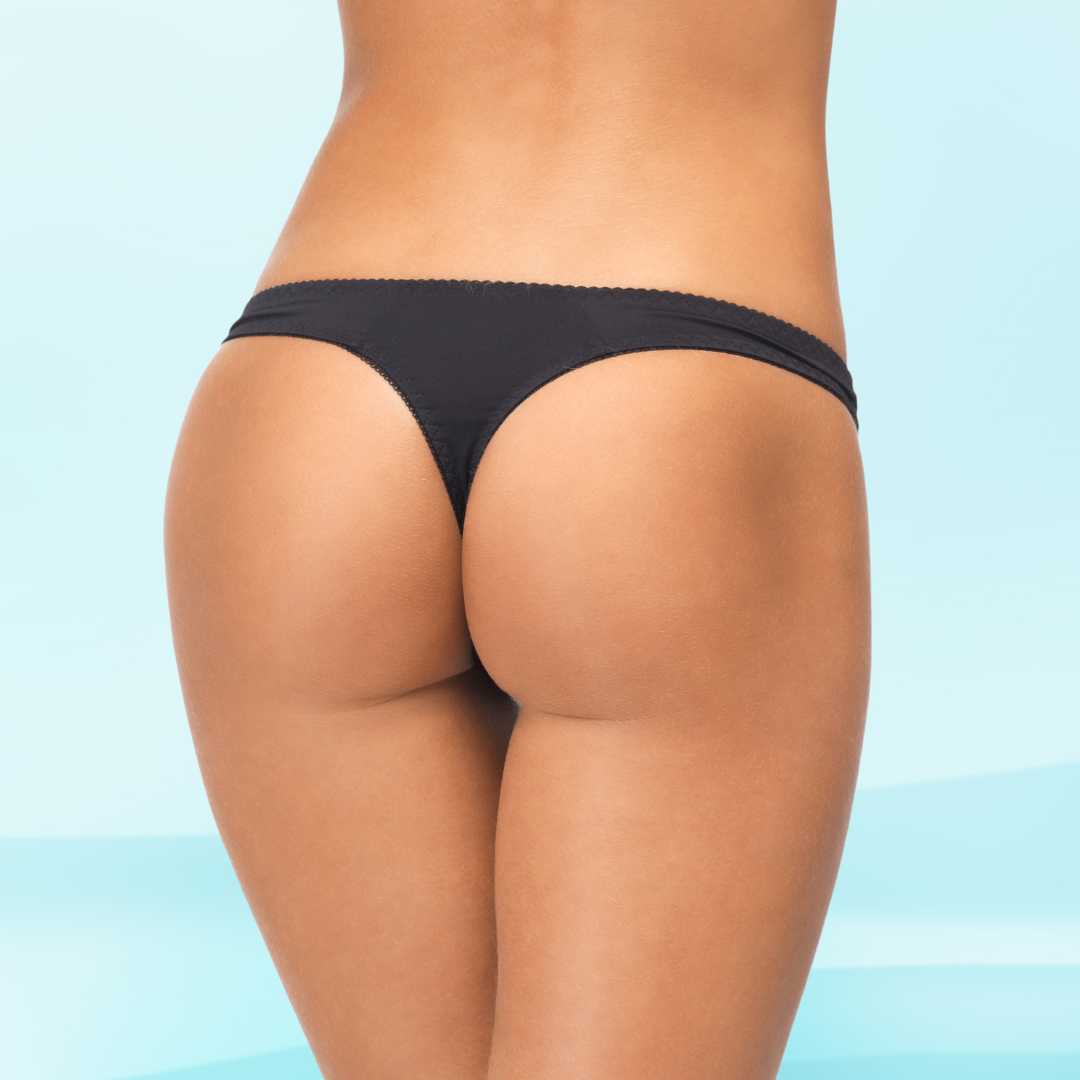


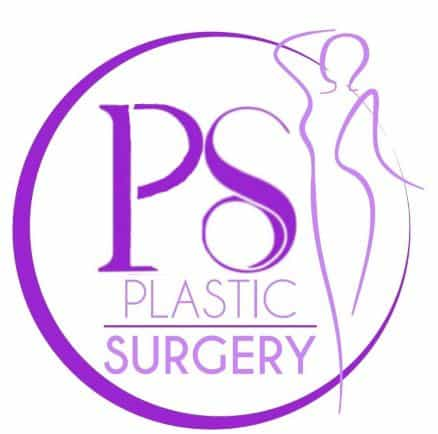
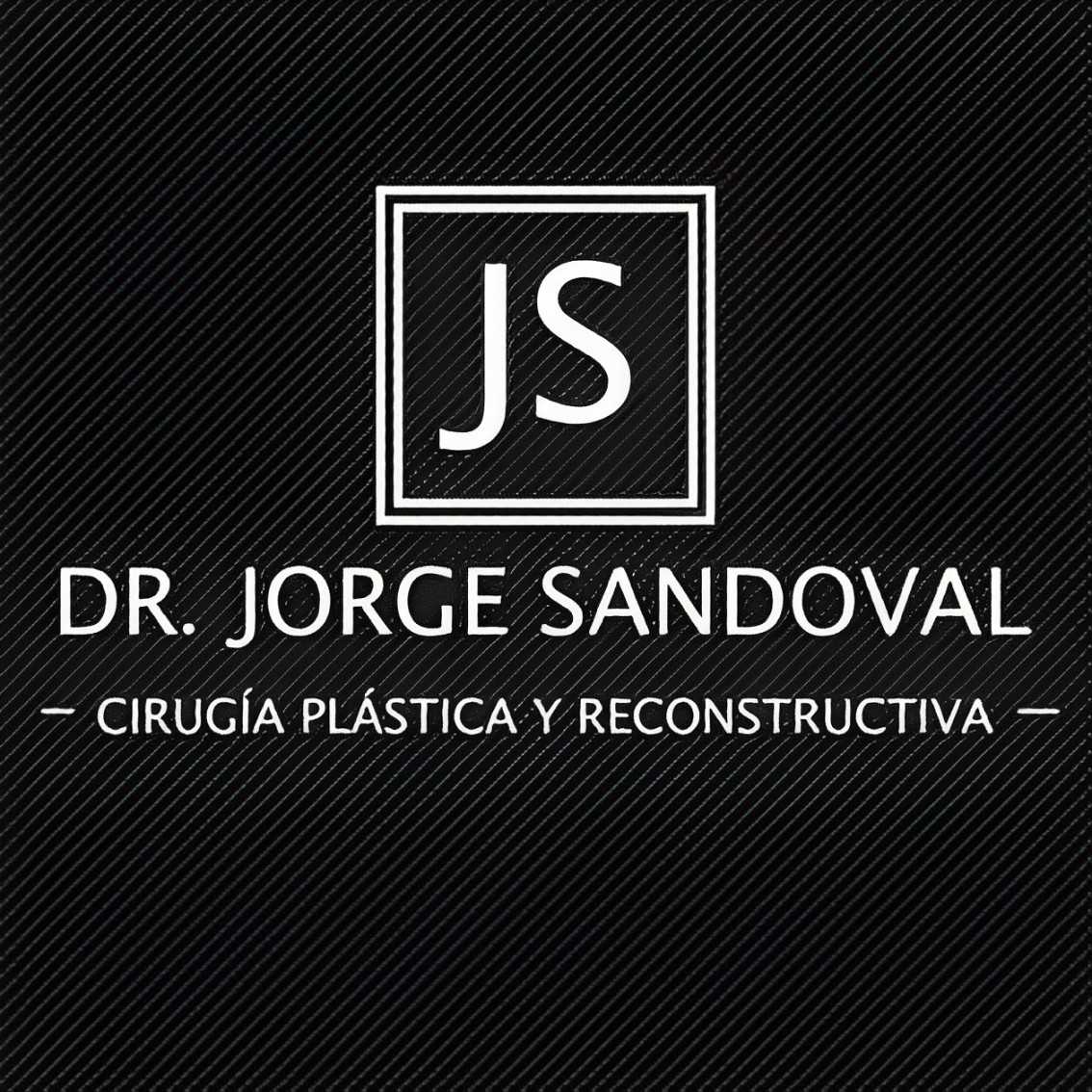
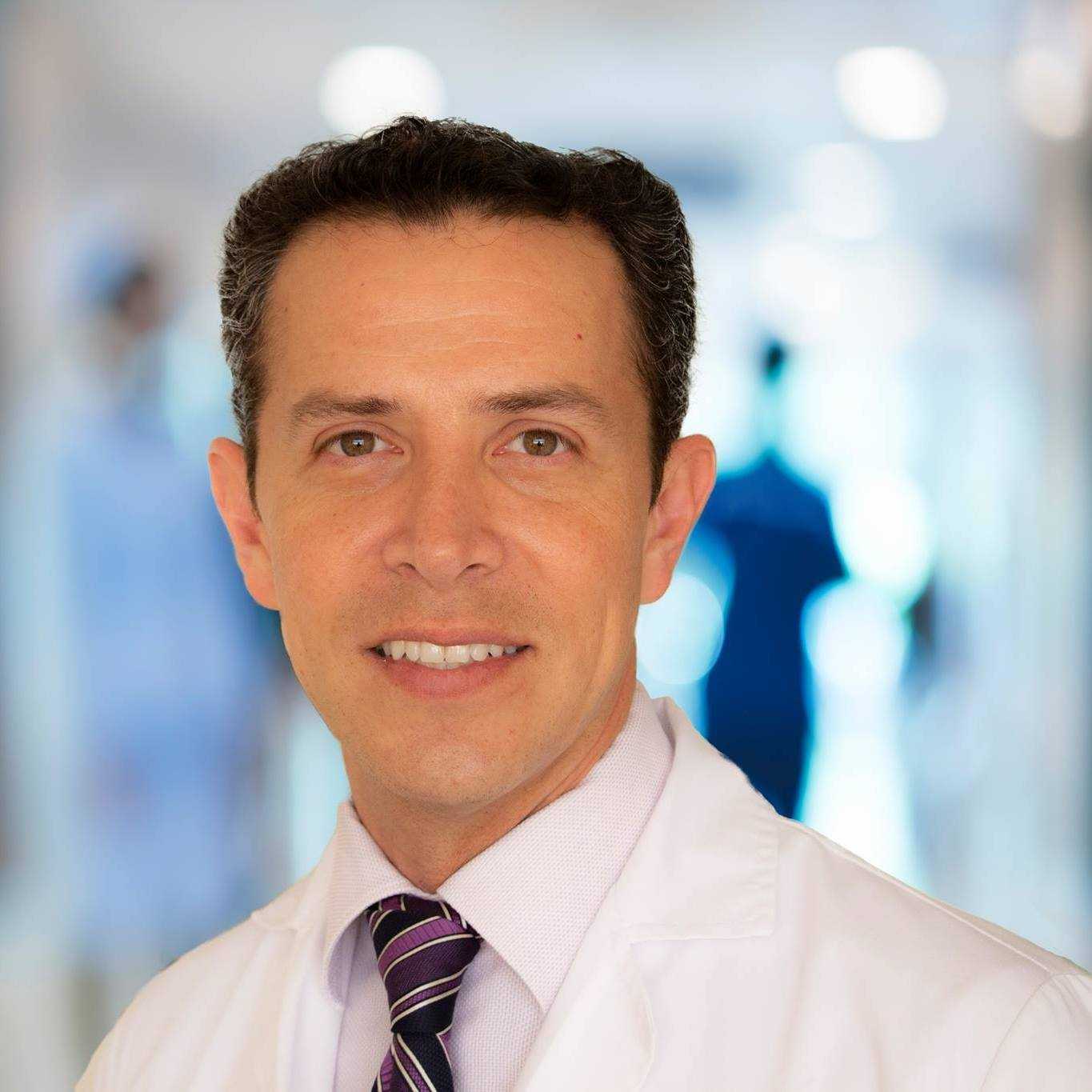

Share this listing